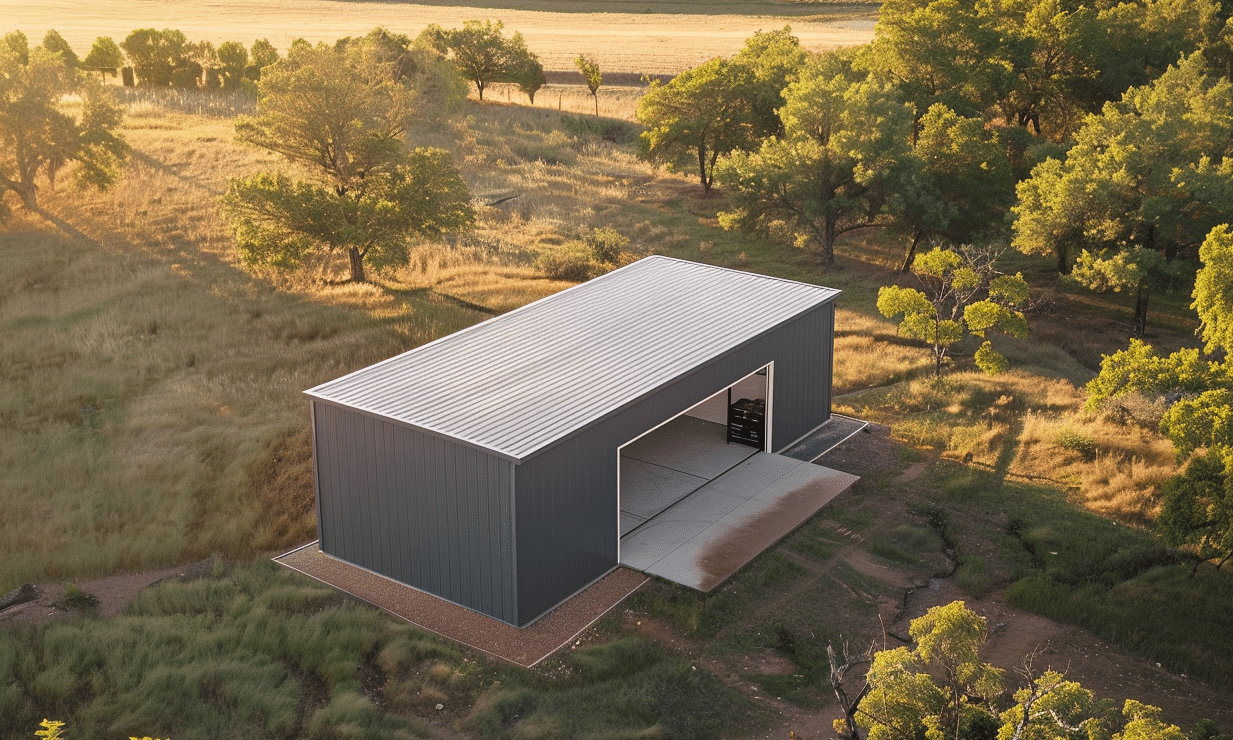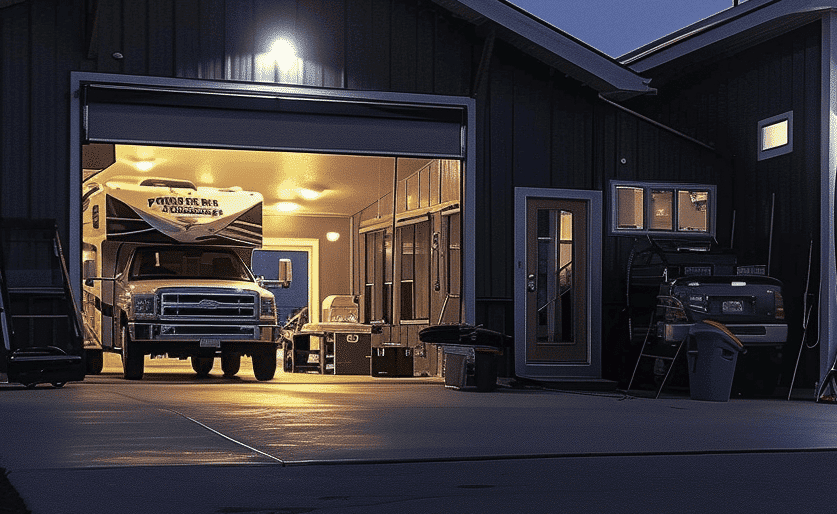In the realm of constructing sustainable buildings, advancements in technology have ushered in an era where energy-efficient solutions are no longer optional but necessary. One such innovation turning heads is solar shingles, an embodiment of the epithet ‘small but mighty.’ Imagine if your roof, an indispensable part of your building, could contribute significantly to your energy needs while championing sustainability. Intrigued? Let’s unravel the functionalities, benefits, and compelling reasons why solar shingles are emerging as an excellent green option for modern homeowners and businesses alike.
Revolutionizing Roofing: The Rise of Solar Shingles
The notion of harnessing solar energy in construction is not new. However, the integration of solar cells with roofs is a leap toward a more seamless and aesthetically pleasing energy solution. Solar shingles merge the functions of conventional roofing materials with the energy-generating capability of photovoltaic cells. They differ from traditional solar panels in their sleek design and ability to blend seamlessly into the roofline, maintaining the aesthetic integrity of any property. But how do these marvels work, and what do they offer?
What Makes Solar Shingles a Sustainable Choice?
Solar shingles as a green option present an array of environmental advantages. Like traditional solar panels, they capture sunlight and transform it into electricity. This potential to generate renewable energy directly from your roof not only diminishes reliance on fossil fuels but also shrinks the carbon footprint considerably. Moreover, when combined with other eco-friendly construction practices—like steel buildings known for their durability and recyclability—they contribute immensely to sustainable building solutions. For insights into how these structures enhance eco-friendly construction, delve into the Environmental Benefits of Steel Buildings.
Durability Meets Efficiency
Solar shingles come with all-weather durability akin to traditional roofing materials. They’re designed to withstand harsh weather conditions, be it the snow-laden winters in Northern regions or the scorching sun in Southern locales. Their dual function as both a protective and energy-producing layer makes them a wise investment.
Lean on the Canada Green Building Council – Solar Shingles for Guidance
Before transitioning to this innovative roofing solution, one must consider various implementations and standards to ensure a successful integration. The Canada Green Building Council – Solar Shingles provides valuable guidelines and resources to optimize solar shingle installations while ensuring adherence to building codes and sustainability criteria.
Economic and Environmental Benefits
While the upfront cost of solar shingles may eclipse that of conventional roofing, the economic advantages accumulate over time. Solar energy systems, including solar shingles, are eligible for tax credits and incentives, significantly offsetting initial expenses. Moreover, they amplify property value, making them an attractive asset for any homeowner or business investor.
For agricultural applications, this technology can significantly enhance energy efficiency. Envision the impact of integrating solar shingles on roofs in modern agriculture buildings, where energy needs are substantial. This not only optimizes operational costs but also aligns agricultural practices with sustainable development goals.
Solar Shingles in Action: Real-World Examples
The practicality of solar shingles is not limited to theory. Several real-world applications highlight their viability and appeal. Canada, a leader in adopting clean technologies, has seen an uptick in solar shingle installations across residential, commercial, and agricultural buildings. This underscores their adaptability and widespread acceptance as a cornerstone of future forward green building strategies.

Consider how solar energy in construction has paved new paths for creative roofing solutions. Whether it’s your suburban home or a sprawling industrial complex, solar shingles serve as a multifaceted tool driving energy efficiency and architectural aesthetics.
Adopting Solar Shingles: Is Your Building Ready?
Before taking the plunge into solar-shingle territory, consider a few pivotal factors. Assess the roof’s structural integrity to support solar shingles’ weight and required tilt angle for optimal sunlight capture. Furthermore, gauge the overall exposure and shade implications to ensure unobstructed solar access. Collaborating with experts who can shade-proof and weatherize your solar roof is wise.
Pairing solar shingles with complementary technologies can yield unparalleled results. Picture them as part of Green roofs; such synergies could revolutionize how buildings interact with natural resources, enhancing sustainable urban development.
A Future-Perspective on Solar Shingles
As we endeavor to create eco-conscious buildings, solar shingles undoubtedly play a pivotal role. Their seamless integration with existing structures and appeal as an eco-friendly investment present a compelling case for entering the green energy market.
In the evolving landscape of the building industry, solar shingles stand as a testament to the merging of technology and sustainability. They encapsulate a future where buildings do more than shelter—they power, protect, and preserve.
The journey towards adopting solar shingles involves understanding their benefits, assessing building readiness, and leveraging insights from green building authorities. With an eye on the horizon, today’s choices can illuminate tomorrow’s sustainable, energy-efficient pathways.
Dare to innovate. Transitioning to solar shingles is more than a fad; it’s a commitment to an eco-friendly future. As we reflect on the potential transformations, let’s embrace the possibilities solar shingles offer for our buildings and the planet alike.










